
The Center acknowledgessupportfrom individuals, members, corporations, foundations, and public funding from the New York State Council on the Arts and the National Endowment for the Arts.
STAFF
Executive Director,Colleen Kenyon
Associate Director, Kathleen Kenyon
Assistant Director, Lawrence P.Lewis
Assistant Director, Kate Menconeri
Outreach Adjunct, Judi Esmond
BOARDOF DIRECTORS
Frederick). Edwards, Edward Garbarino, Kenro lzu, David Karp, Colleen Kenyon, Arie Kopelman, Ellen Levy, Kitty McCullogh, Frank Mercado-Valdes, Marc Miller, Jeffrey Milstein, Sarah Morthland, Gloria N imetz, Stewart Schuneman!), Ken Shung, Alan Siegel, and Bob Wagner.
ADVISORYBOARD
Ellen Carey, Philip Cavanaugh, Susan Ferris, Sheva Fruitman, Julie Galant, Howard Greenberg-Founder, Sue Hartshorn, W.M. Hunt, Greg Kandel, Peter Kenner, Laurie Kratochvil, Carol LeFlufy, Marcia Lippman, Peter MacGill, Marcia Reid Marsted, Elliott Meisel, Ann Morse, Sandra Phillips, Jose Picayo, Lilo Raymond, Ernestine Ruben, and Neil Trager.
ARTS ADMINISTRATIONINTER'S
Ariel Shanberg, Emily Miksic, Hyla Skopitz.
VOLUNTEER
Jeff Tyack
PHOTOGRAPHYQuarterly#i5. Vol. 19 No. I, ISSN 0890 4639. Copyright© 1999 Center for Photography at Woodstock, 59 Tinker Street, Woodstock, New York 12498. Catalog essays © 1999 Marilyn Waligore, A.D. Coleman, Lili Almog, Ann Lovett. All photographs and texts reproduced in this Quarterly are copyrighted by the artists. All rights reserved. No part of this publication may be reproduced or transmitted in any form or by any means, electronic or mechanical, without written permission from the Center for Photography at Woodstock. The opinions and ideas expressed in this publication do not represent official positions of the Center. Printing by Kenner Printing Co., NYC. Editing and design by Kathleen Kenyon and Kate Menconeri. Copy editing by Joan Munkacsi. Composition by Digital Design Studio, Kingston, NY. The PHOTOGRAPHY Quarter!)· is distributed by Bernhard DeBoer, Inc., utley, New Jersey 07110.
SUBSCRIBE: to receive the PHOTOGRAPHYQuarterlr four times a year, make a donation of: U.S.A. $25 / Canada & Mexico $40 / International $45. Make checks payable CPW, MCNisa accepted.
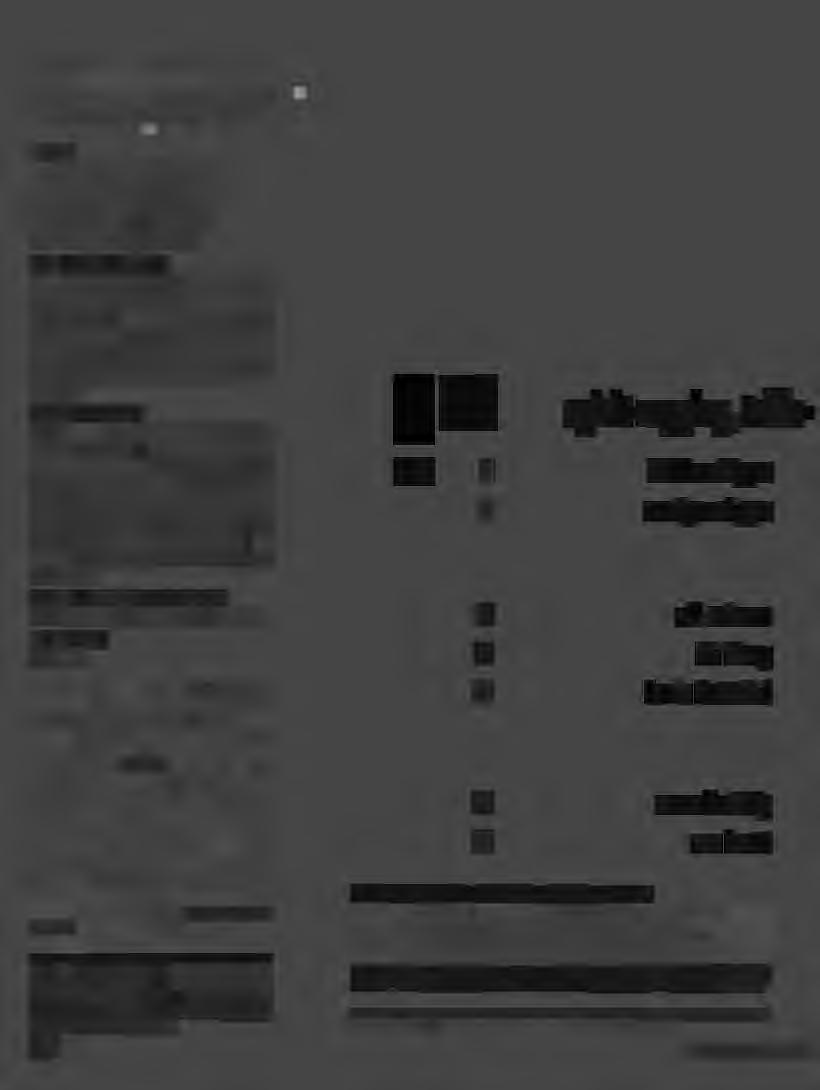
Dearreaders,pleaselet us knowwhen you changeyouraddress. Foundedin 1977.theCenteris a not-for-profit501(c)(3)artsandeducationalorganization.TheCentersmissionis to providean artistichomefor contemporaryphotographerswithprogramsin education.exhibition,publication, and serviceswhichcreateaccessto professionalworkspace,nourishingresponses,and new audiences.Our servicesinclude:darkroom,library,slide/videoarchives,permanentprintcollections,slideregistry,classes,lectures, film/videoscreenings,workshops,gallerytalks,internships,portfolioreviews,and memberships. Centergalleriesand educationalresourcesare free and open to the public Wednesday - Sunday, noon-5 pm.TEL914 679-9957FAX914679-6337.Visitus at www.cpw.org.Email:CPWphoto@aol.com.
COVER:© 1998 Lili Almog, Self Portrait, 3.3 x 3.7', color ink-jet print on canvas
Pq/2 #75 page 3 4 10 12 14 23 24 spirit-rapping,tablekathleen kenyon marilynwaligore a.d. coleman lili almog laurie kratochvil susan dunkerly ann lovett
@ 1995 Stephen Marc, Untitled,
turning,divinations
Introduction
DigitalPhotography: SubversionandEnchantment
PatrickLichty,FernLogan,NancyMacko, StephenMarc,AllisonPetit
Connoisseurship in the DigitalEra
Mask
TheAmericanPortrait
RobertAlanClayton,LauraCrosby,Cathy Crowell,DavidJohnson,LaurenPiperno, JudithVejvoda,TerryVine,RobinWilliams
In
Light
HumanNature
Artist'spagescreatedforthe Pq
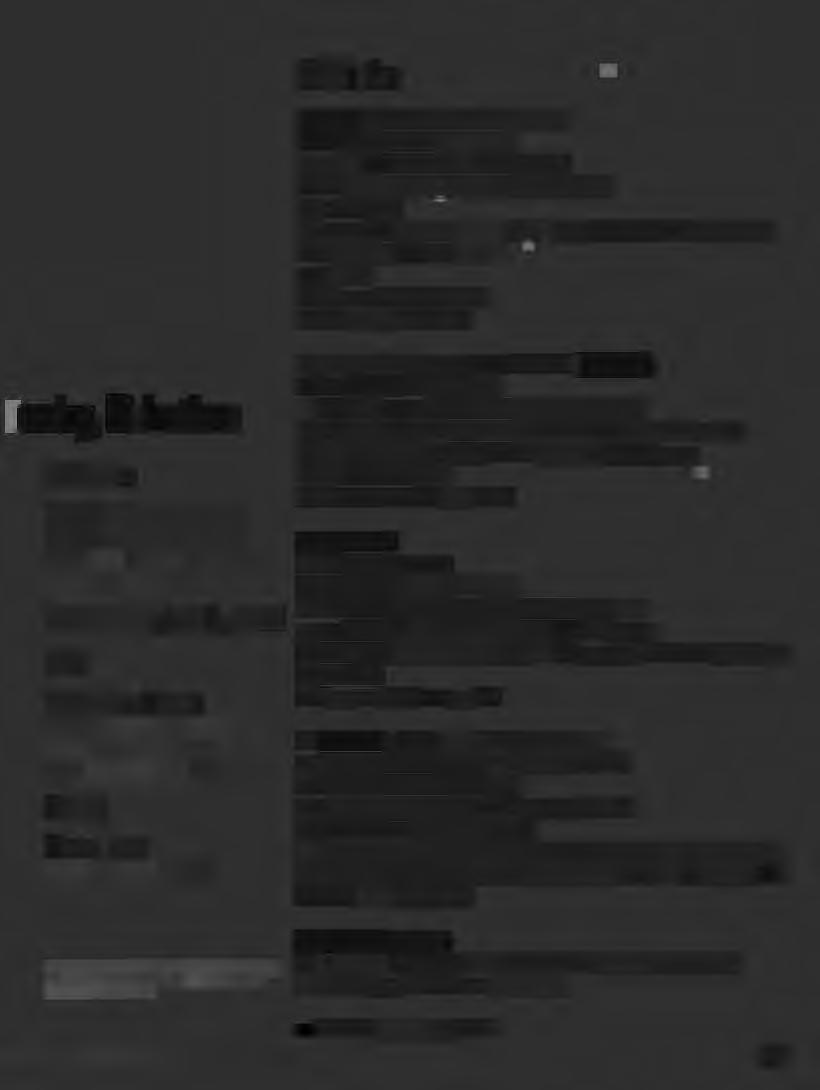
Errata:
Introduction
Sorcery: this issue offers a visual inventory. Bells! Books! Candles! Computers! Conjurers and charmers are welcome here. Visual magicians-sel~cted by Marilyn:Waligoreact as mediums.
No matter their location-Lichty (Ohio), Logan (Illinois), Macko (California), Marc (Arizona), and Petit (Ohio)are oracles.
These seers foretell the future in their picture divinations.
A "clicking mouse" appears inA.D. Coleman's prophecy. We are haunted and spellbound by his tale of new avenues for creative communication. In the spirit world "electronic artists" circulate with choices and secrets. The author-holding a diving rod and wearing a wishing capcharms and bedevils us. Look out! Hoodoo and jinx ahead.
Open sesame!
See the masked women.
LiliAlmog (born Tel Aviv,lives NYC) and Ann Lovett (born Pennsylvania, lives New Paltz, NY): we are bewitched by their second sights and siren songs. What do digital ''self-portraits" predict for the personae of the next generation? Abracadabra!
First you see them, now you don't.
To fascinate us with a piece of the American pie, we invited the former Rolling Stone picture editorLaurie Kratochvil-to cast her spell.
As a photographers' oracle, she calls up a magic circle. Included here are inspirational images by Crosby (Minnesota), Crowell (North Carolina), Clayton (Colorado),Johnson (Washington), Pipperino (NewYork),Vejvoda (New Mexico),Vine (Texas), and Williams (New Hampshire).
Spiritualism. Mystery.
Is it a paradox that archaic words best describe up-to-date approaches? No hocus pocus for these new clairvoyants.
-Kathleen Kenyon, PQ editor
the correct title of Helen Stummer's illustration is No Easy Walk, Newark 1980-1993 (not 1980-1983) as published in previous Pq) Soul Searching series, gelatin silver print of digital montage, l 2xl8"
Pq/3
Technology at times seems to exist in a world completely removed from the human body and human experience. The virtual image seems to imply absence rather than presence. But today's electronic sorcerers are looking for connections between spirituality and technology, two areas of contemporary life that appear initially to be unrelated. Artists in this article look to models that embrace sorcery and magic, existing in a pre-mechanistic world view. The word "sorcery" has both positive and negative connotations. Sorcery relates to a process of transformation that can result in a kind of enchantment. Calling up dreams, memories, and images from the subconscious becomes the work of digital sorcerers. Sorcery-and technology-have an underside. that can be described in terms of subversive activity. This activity may promote the expression of alternative voices or present images of unknown virtual worlds -through avenues of communication available to today's avatars, such as e-mail and the World Wide Web.Artists can adopt new identities as they extend the reach of the body, the mind, and human experience through the limitless virtual space of the computer. In these obscure electronic spaces, within the glowing light of the monitor or through wired networks, diverse points of view can flourish.
This text features the work of five artists whose processes are dependent upon physical, chemical, and electronic means; the images are all tied in one way or another to a photographic origin or endpoint. Chemical formulas for photography relate more perhaps to the mixing of "eye of newt, and toe of frog,/Wool of bat, and tongue of dog,/ Adder's fork, and blindworm's sting,/Lizard's leg, and howlet's wing-/For a charm of pow'rful trouble." 1 The recipes for elixirs used by electronic artists are composed of digital code, ones, and zeroes. These artists conjure up virtual worlds, whether created, imagined, or reinvented. Sorcery is part of our collective mythology, and refers to the superPq/4
Subversion andEnchan1 [!JJeJJ;
natural, to the inexplicable, to mental games, to the powers that exist beyond the limitations of the human body. Sorcery seeks to connect science to the spiritual. We can relate incantations and unexplained actions to chemical equations and chemical reactions; the conjuring of the image occurs through laboratory experimentation, darkroom ritual, and executions of code. Sorcery perhaps is the best analogy to the transformation that takes place in digital and traditional photography. Proto-photographers of the early 1800s and digital photographers share a curious faith in the potential of untested imaging processes. Gregory Batchen has noted the terms used by nineteenth-century photographers to describe uncanny processes such as the calotype and the daguerreotype. Sir Henry Fox Talbot performed "spells of natural magic" 2 to realize his images. Images on photographic film, made up of silver metal or colored dye, are transformed into electronic data through digital scanning. The process of scanning film, converting the analog image to a digital file, is central to the work of Stephen Marc, Allison Petit, and Fern Logan. Conversely, electronic data is output to silver-based film or print material as in the work of Nancy Macko, Patrick Lichty, and Stephen Marc. With one foot in the nineteenthcentury and another in the twenty-first, digital photographers draw from photographic traditions while exploring innova ti ve methods realizing images electronically. The computer's mathematical programming base seems to influence the work of several of these artists, including Macko, Marc, and Lichty, who all experiment with geometric form, pattern and repetition. Fern Logan, Stephen Marc, and Nancy Macko connect their personal experiences to mysterious, invented worlds by using montage techniques to fuse digital code with the photographic trace. Allison Petit's exploration of technology delves into unlocking mysteries of the subconscious by mining the relationships between image-editing and nonlinear memory. Digital photography provides these artists with the ability to marilynwaligore

transform the photographic, and to merge the visible with the unseen.
Sorcery can mark the connection between the scientific and the supernatural, the mathematical and the elusive, the electronic and the chemical. The mixing of silver-based photography with digital imaging amplifies the magical quality ascribed to photography at its origin by Talbot. In traditional photography, experimentation with chemical mixtures and compounds parallels the preparation of concoctions, potions, or elixirs. Invocations, spells, charms, or incantations used in witchcraft provide curious models for the inexplicable correspondence between lines of code and the digital image. Contemporary artists working in digital photography experiment with their own digital formulas and algorithmic elixirs in order to visualize new worlds.
Photography's inherent reproducibility is amplified exponentially through the advent of infinite image replication and alteration. We are at times overwhelmed by the inherent power of the computer's capacity for perfect and unlimited reproduction of data. Patrick Lichty explores new avenues of image reworking. Electronic artists have more options, more choices, in the spirit worlds they prepare for us. Lichty relies on geometric forms as he sculpts luminous globes with light, producing intricate surfaces and complex spaces through the application of digital filters. The artist does not respond to a world but creates one a new, producing with light a virtual object that seems to follow the laws of nature. In lkons Ifrom the Iconic Symmetry series of 1995-97, one views the phenomenon of light and the simulation of ethereal form in space. The resulting bisymmetrical abstract forms, recalling a Tibetan mandala or a Rorschach test, invite contemplation. For Lichty his mandalas make a spiritual connection to the experience of light; lkons II: Epiphany is inspired by shafts of light produced by stained glass within a church. In essence the monitor emits colored light that is parallel in saturation to the medieval art form stained glass and to the intense coloration at-

9
© 1996-97, Patrick Lichty,Ikons I, Iris print
Pq/5 <:...:> ·....::. "-.::, i::3 0.... 0 <:...:> i::3 ?--. <:...:> .:: i::3 .::
© 1994. Nancy Macko. Honeybox Hex, Cibachrome print

tainable in photographic transparency film. Lichty generates a digital transparency output prior to producing (through traditional darkroom methods) enlarged Cibachrome prints. For Lichty the Ikons series ;relate to both the concept of the icon as a transcendent image and the icon as visual shorthand, referring to a digital file on the desktop. 3 His images suggest a complex process that is not dependent upon the computer program alone. Beginning with a photograph-usually an observation of space, a landscape, or perhaps cityscapes-and through a series of foldings and twistings of the original image, he ultimately eliminates the physical referent. His process-based approach is not reliant upon a pure system requiring the repetitive application of a single filter. By tweaking the parameters of a given set of algorithms, he alters the image gradually, applying a variety of filters over a period of time. He aims to create a static image that appears to "move and vibrate;' 4 suggesting the presence of energy, and referring indirectly to his dependence upon electricity for the creation of his images. Reflecting on the new form of his image as he moves from analog to digital: "We never really are able to come in firsthand contact with our subject. In my case, it's ones, zeroes, magnetic domains on a disk. This is the actual physical representation of the source code." 5 The virtual image cannot be fully possessed. Similarly, digital print output, like the enlarged print from a negative, always remains a second-generation original, always once-removed. Like the spiritual experience we constantly strive to attain, the virtual image is dependent upon the existence of energy for its realization. Merging of mathematics and art seems to find a correlation in Lichty's Ikons.
Nancy Macko's references are made to relationships between art and science, including the role of creativity in both. Macko states, "My intention is to suggest that science is based not only on observing nature's structures but also on imagining them." 6 Nancy Macko's Honeycomb Wall, comprised of hexagon-shaped photographs, connects to the mystical study of beekeeping and the natural production of honey. She notes that the hexagon, related to worship of goddesses in ancient times, is found naturally in honeycomb and corresponds to the chemical form of glucose, one of the basic chemical
components of honey. 7
In some sense her hexagons suggest spatial complexity as the six-sided shape can coincide with the outer boundary of a cube drawn in perspective. Macko reflects on nature's own logic, and on the ways in which our society tries to imitate and to improve upon nature's systems of creativity and production. 8 Curiously, the titles of her works, Honeybox Hex, Spiral Hex, Alley's Hex, Coccoon Hex, all include the word "hex" as a shorthand for hexagon. Hex also refers, of course, to witchcraft or sorcery, pointing to another connection with natural magic. Her Cibachrome photomontages allow her to merge disparate fragments representing coccoons, bees, and flowers. Logic and Lily seems to underscore the potential fusion of our study of nature and our study of technology through the superimposition of the golden markings of a circuit board with the six petals of a delicate lily. Macko marks the interrelationships between nature and culture, rather than drawing them into distinct opposition. For her, the code of the computer may be a new dialect inspired by nature and, may represent part of a creative language that has been written for centuries. Her goal, attained through her construction of a mythology of the bee priestess, is to write women's participation into our history of science and art.
The supernatural powers of technology can give voice to cultural perspectives that exist outside of the mainstream, as in the work of Stephen Marc and Fern Logan. These artists imagine worlds that silver-based photographs seldom reveal. Fern Logan makes portraits that represent icons reflecting her African-American heritage, such as Griot and Earth Goddess. She reacts against the established media stereotype of the blonde European goddess by inventing her own positive model of the dark-skinned Earth Goddess. Challenging the prevailing depiction in media of AfricanAmericans as impoverished or criminal, she transforms her sitters into new ideals. 9 Her models hover between their everyday earthbound presence and a dreamlike space created in the computer environment. Earth Goddess is surrounded by an amalgam of yellow blossoms, light green leaves, and striped fabric which functions as a crown. The representation of the goddess in blackand-white points back to her existence as a real person in the world, empha-
sized by the contrast created with the warm hues of her celestial floral halo. This woman remains both human and monumental. The Basket, a portrait of an ethereal woman, suggests the possibilities of birth, growth and the future of generations. A basket image, placed near the abdomen or uterus, seems to glow, as does the sitter, who appears as a wise, elderly woman. Her white dress is stark against a color field of burnt sienna. For Logan referencing the African spiritual connection to past generations, as in her image Griot, the storyteller, the preserver of an oral tradition, underscores what she feels is the importance of reaching back to one's ancestors. 10 For the artist, looking back seems to be a method for determining her hopeful vision; this continuity is inspired by the possibilities of a direct connection to a spiritual hierarchy, influenced by African culture. 11 Her work in portraiture renders her subjects as created personae, visual variations of the electronic avatar. Logan suggests that we can seek possible identities through electronic and visual means in order to imagine, and subsequently to realize, our full potential as human beings. The identity of the sitter, a friend or relative perhaps, exists at the same time that the figure appears to adopt a role as soothsayer, goddess, or sorcerer. Logan imbues her subjects with supernatural powers to connect with spirits from the past. The artist engages in positive mythologizing, guided by a merging of fantasy and reality fused in a digital world.
Stephen Marc's digital montages employ cryptic juxtaposition; he brings ancient symbols in contact with street culture and everyday life. His approach to visual autobiography is enriched through an adoption of patterning, evoking the texture and markings of African-inspired tile or fabric design. 12 The computer allows him to vary his collaging of photographic elements without a generation loss, with a seamless merging of photographic elements. His experience with the flipping of a negative image and negative reversal accomplished through darkroom manipulation, as well as in-camera multiple exposure, guides his approach to working with software programs. This image flipping is evidenced in the head of a figure-the artist's self-portrait-in which the pupils are pushed to the far left and the far right. The positioning of the eyes seems to convey the artist's keen awareness and visual acuity, as well as his role as wary observer. This
Pq/6
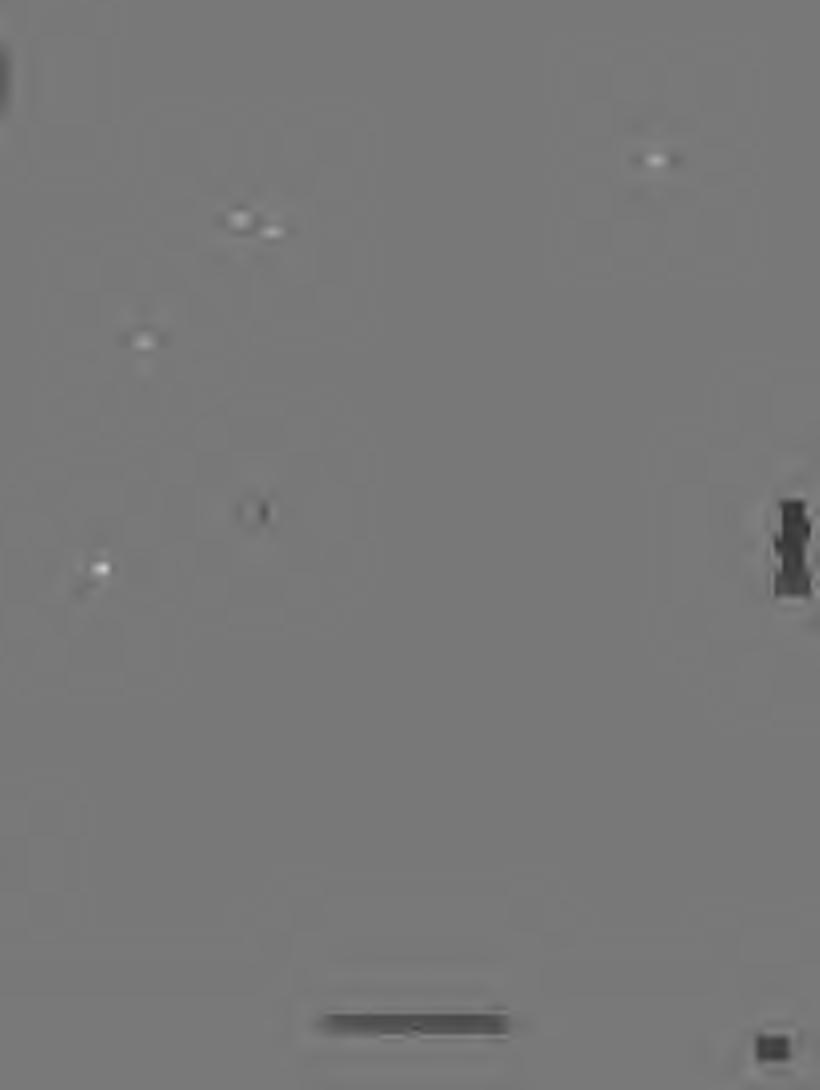
Pq17
© 1997, Fern Logan, The Basket, inkjet print

unusual seer, or shaman, appears present in Soul Searching #4 and Soul Searching #5 Marc comments on his role as participant, onlooker, and speaker; he is both a witness to the event and someone who is actively present. 13 Elements of his visua'l vocabulary, patterns of light and shadow, as well as decorative sources such as body adornment and wrought iron design, become merged in a digital context. Patterns generated from photographic fragments provide a background or framework for his portraits-including images representing his father, mother, great aunt, and in-laws. 14 These photographic elements are interrupted by a type of marking that includes handdrawn elements and broken lines that resemble stitching. Marc's improvisational working process facilitates the creation of a narrative flow. His embrace of pattern, enhancing the movem en t and energy of the work, is probably influenced by his having witnessed activities related to decoration and handicraft, such as his aunt's crocheting and an uncle's automotive detailing work. 1 ; As viewers we are inspired to decode these intricate textures; the artist draws us into his complex merging of the photographic record and digital fantasy. In Soul Searching #4 two hands with long fingernails interrupt the base of the picture plane. In juxtaposition with a field of gravestone markers, the hands suggest the raising of spirits from the dead. For Marc the inclusion of elements that retain a critical edge allow him to make a photograph "come alive and work." 16 One is struck in Soul Searching #5 by the juxtaposition of a shark with the profile of a young man whose head is partially shaved. The shark, a signifier of evil or a sign of foreboding, is overwhelmed by the head of this child-like giant who looms much larger in the frame, implying the boy's ultimate survival. Marc connects personal history to the mythological; varied daily activities, the decoration of the body, and the practice of manual skills, become integrated into Marc's web of cultural imagery.
While Marc's photographs traverse past and present,Allison Petit uses technology to allow us to delve into our subconscious and to explore parts of ourselves that exist in a virtual netherworld. Petit's dreamlike spaces border on the nightmarish; her blurred montages represent fragmented memories activated by a Pq/8
haunting animal or human presence. Her digital images suggest the non-linear quality of visual memory that involves recall and editing, drawing a parallel between the human mind and the flexibility of computer systems. Petit engages in "gathering snippets of things" in order to create "new assembled formats." 17 Snapdragons #B's repetition of pattern is implied by the winding stairwell pulling a human figure down into a vortex, and depicts a physical loss of control, or vertigo. The snapdragon is a flower that may signify beauty, but Petit reflects on the human experience of something snapping within one's life. One continues living while, underneath the surface, there lies a foreboding element. She also reflects on the concept of chasing dragons, or personal demons, of warding off psychological forces of evil. 18 Throughout Petit's work one views images imbued with a prevailing uncertainty, an acknowledgment of the frailty of life and of human memory. Instead of reinforcing the notion of the computer's infinite memory bank, she indirectly comments on its inadequacies, its dependence on electricity. We recall an experience when all data is lost without warning. A disk is corrupted, a spike interrupts a line, and we become paralyzed. For Petit, memory is partial; for this reason she uses the computer to edit selectively rather than to add information. She chooses to reduce the amount of information in the negative by employing camera movement when generating the initial film negative, fostering the production of a dreamlike image. She employs shadows to allow the image to "go black" or to "let information emerge from the darkness." 19 Her viewer may envision colors, moods, or feelings from limited visual elements as she leaves the work open to interpretation. Indirectly, she 1eferences as well the computer's role as the ultimate device for information storage. Unlike the fixed nature of the electronic data archive, human memory fluctuates and is constantly adjusted in relationship to new perceptions. Petit reminds the viewer that we tend to "compare our experience today to what we experienced before," 20 prompting us to reflect on the role of perception in relationship to knowledge.
Digital images are woven from translations of verbal or numerical data, derived from lists of computer commands, strings of digital code, and algorithmic
equations. The artists in this article release photography from the weight of its own history by performing the spells that mingle digital code with silver-based processes. The invention of mythologies, identities, vocabularies, and images are facilitated by technologies that aid in the conjuring of new worlds, transforming the artist's ability to contribute to contemporary culture.
1 Shakespeare, William, MacBeth, in William Shakespeare, The Complete Works, Alfred Harbage, ed. (New York: The Viking Press, 1979) IV:i:13-19.
2Batchen, Gregory, Burning with Desire: The Conception of Photography (Cambridge, Mass.: MIT Press, 1997) p. 91.
3Lichty, Patrick, telephone interview, March 9, 1998.
4Lichty, telephone interview.
5 Lichty, Patrick, "My Relationship to the Work" Online, Internet, March 15, 1998. Available http://web.raex.com/ ~voyd/ relation.htm.
6Macko, Nancy, artist's statement, November 6, 1997.
7 Ibid.
8 Macko, Nancy, telephone interview, March 15, 1998.
9 Logan, Fern, telephone interview, March, 15 1998.
10Ibid.
"Ibid.
12Marc, Stephen, artist's statement, November 6, 1997.
' 3Marc, Stephen, telephone interview, March 11, 1998.
14Ibid.
5Ibid.
' 6Ibid.
' 7Petit, Allison, telephone interview, March 15, 1998.
18Ibid.
19Ibid.
20 Ibid.
MARILYN WALIGORE is an associate professor of photography at the University of Texas at Dallas in Richardson, Texas. She has received an Arts Midwest/National Endowment for the Arts regional fellowship in photography, an Ohio Arts Council Individual Artist's fellowship in the visual arts, and a Moss/ Chumley North Texas artist award. She has exhibited her photographs at the Laguna GloriaArt Museum,Austin,Texas; Women & Their Work Gallery, Austin, Texas; ARC Gallery, Chicago, Illinois; Cincinnati Art Academy, Cincinnati, Ohio; and Dayton Art Institute, Dayton, Ohio. Her article, "Artist-Sorceress: Photography and Digital Metamorphoses," was published in Leonardo.
 © 1996, Stephen Marc, untitled, Soul Searching #5, gelatin silver print of digital montage
© 1996, Stephen Marc, untitled, Soul Searching #5, gelatin silver print of digital montage
Pq/9
© 1997, Allison Petit, Snapdragons "'8, dye sublimation print
Connoisseurship 1 n the
At the 1995 Whitney Biennial, amidst the usual array of trendy attitudes, one-liners, and disposable ephemera, I find myself stopped in my tracks by a work whose maker has never before had that effect on me: Richard Serra. The piece on view, made of his trademark rusted steel plate, is (as I recall) uncharacteristically diminutive, about chin height. I can best describe it as two L-shaped metal columns standing upside down, braced on each other to form an arch or inverted U.
My senses inform me immediately that, comparatively small (for Serra) as these two objects are, the weight of either could crush me, and it would take superhuman strength to keep either one standing. Inspecting the plane on which their two shorter sides touch reveals slight gaps, confirming that they are not joined there but merely propped against each other. Their proportions make it clear that to upset the delicate balance by moving either would topple both. Which is why, when I read the work's title and date-For Primo Levi, 19921 am stunned and devastated by the resonances those three words and one number (and this sculpture's power depends much on them) set off: this stark metaphor evokes the
awkward, unbearable weight of Holocaust sur- (

tography (especially after the invention of the half-tone process and offset lithography) disseminated them even further. Among the types of images broadcast in these ways were representations of works of art in other media -pictures of, or based on, paintings and sculptures, for example. People who could never get to Athens, or Rome, or Cairo, were thus enabled to contemplate detailed visual descriptions of the artworks located there.
In the same fashion, the new pixellated media will enlarge the reach of imagery as never before. As one predictable consequence of digital technology, electronic reproductions-that is, digitally imaged versions-of an ever-increasing volume of works of art from around the world will circulate to an ever-widening global audience. More and more people, consequently, will be in a position to acquaint themselves with certain aspects of those artworks. That's a good thing, in my opinion. But among the foreseeable problems that will result is this: Many of those people will believe that, since they've encountered a digital translation of the work, they've somehow experienced the thing itself, when they haven't.
Like most people who teach and lecture on art, viva!; the painstaking shoring up of a riven,
I do a fair amount of what one colleague calls traumatized self; the constant, inevitable risk of "art in the dark," employing slides to introduce disruption and fatal imbalance; the immanence students and public-lecture attendees to a wide of a devastating crash. variety of work. The projected slide inarguably functions as a
But these words of mine, through (I hope) no fault of their own, cannot convey the experience of standing within touching distance of this simple, eloquent, passionate work -its patina of never-sleeping rust, its solidity and bulk, its physical embodiment of the simultaneously ponderous and precarious. Nor could a photograph, or a film or video-or even a hologram-transmit its sensory impact and the intellectual/emotional consequences thereof. You have to plant yourself in its presence to know what it's about.
If it sounds as if I'm taking the unfashionable stance of advocating something suspiciously like connoisseurship, that's because I think we need to recall and recover the term's original meaning and its significance -especially now, at the dawn of the digital evolution. Connoisseurship has gotten a bad rap in recent years, due to its ostensible dependence on wealth and privilege; but, originally, it simply distinguished between those who had actually laid eyes on particular works of art, thereby truly "becoming acquainted with" them (the original definition of the term's Latin root, cognoscere), and those who knew them only second-hand, through written descriptions or etched and engraved renditions thereof.
With the invention of what the late theorist and Metropolitan Museum of Art curator William M. Ivins called "the exactly repeatable pictorial statement"' - images printed in multiple, first via woodblock and then in the additional forms of etchings, engravings, and lithographs-pictures of all kinds began to reach audiences previously undreamed of by any artist. Pho-
cheap, portable, versatile, replaceable, eminently convenient means for representing an artwork. It also has severe limitations as a gateway to knowledge about works of visual art. Slides homogenize everything: All works become the same size on the screen, reduced to two-dimensionality, with their distinctive hues and tonalities filtered through the color palette of the particular film used, and anything notable about their surface qualities muted if not eliminated entirely.They're reports about the work, but not the work itself. I always feel obligated to caution my classes and audiences, repeatedly, that at the end of any of these sessions they haven't actually seen any of the works I've illustrated in this fashion, and that if they wish to discuss them with any authority they're obligated to seek out the originals and spend time with them "in the flesh," so to speak.
I don't say this because I'm inclined toward precious-object fetishism, or am drawn nostalgically to what Walter Benjamin called the aura of handmade works of art. I'd use the same ground rules in considering inexpensive, mechanically reproduced images or objects-a Weegee Daily News front-page crime photo, a fifties Formica dinette set. Rather, I insist on it because, like a good detective in the Sherlock Holmes/Sgt. Joe Friday mold, I'm intent on taking into account all the available facts about any work before I begin to interpret or evaluate it. And there's much for us to learn from the physical-object aspect of any work of art. "No ideas but in things," as William Carlos Williams wrote.
The tools, materials, and processes employed in its production shape any work in many ways. And the choice of those meth-
=-=-=--=--:: '
Pq / I 0
Digital Era
ods tell us something about the artist as well as about the work; they not only reveal the labor involved but give us decision made visible, creativity made tangible. Think, for example, of the differences among the photographic prints of Edward Weston, Weegee, and Joel-Peter Witkin, and the ways in which encountering their works "in the flesh" informs us about their relationship to the medium. A form made of wood or marble conveys different information than the same form rendered in (as in the case of Joseph Beuys, for example) felt and animal fat. The Serra piece described above, if made from blocks of styrofoam, even painted a similar rusty red, would have a vastly different feel to it, would in fact be a different work altogether.
With the exception of films, videotapes, slide projections, certain kinds of conceptual-art activity, and, now, digital imagery, almost all works of visual art exist not only as images but also as objects; they come to us in some tangible, physical form. Even if a work is randomly made (using some aleatory or chance process, a la John Cage), the materials and methods employed in generating it become integral to the work upon its completion, and affect our responses to it. So a part of the task of our critical engagement with works of art, as-members of an active audience, is careful attention to and scrutiny of the physical nature of these objects. What we're looking for are what I call the strategies of facture that underlie the work's construction:The determining aspects of the technology used, plus the decisions, conscious or not, of the artist, the cumulative consequences of which make the image/object look the way it does and persuade us to pay attention to it in comparatively specific ways.
Don't mistake this concern for a reverence for the touch of the artist's hand. Even sending something out to be produced by others through mechanical means, or farming out production to hired artisans-as Andy Warhol, Mark Kostabi, Robert Longo, and others have done in our time, and as others have done for centuries-does not eliminate these questions of choice of materials and production method from our consideration; they merely propose alternatives to what were once standard approaches. Without knowing how a thing was made, we are forced to deal with it as a prototypical "black box" -a mysterious closed system. Awareness of those decisions-to the extent that they're left visible in the work-does not undermine the power of substantial art; instead, it lets us in on the very process of creative communication.
So digital technology will likely prove itself a two-edged sword in our relation to non-digital works of art. On the one hand, it can make instantly accessible to us an unprecedented range of contextualizing information about any given work of art. The kinds of interactive CD-ROM we're beginning to see on art-related subjects provide a wealth of informative data: critical commentaries, biographical information, the artist's own comments (sometimes in the artist's own voice!),2 film or video clips of the artist at work in his or her studio, images of the work from various vantage points, close-up details, pictures of dozens/

a. d. coleman
hundreds/thousands of related works by the same artist or others-all available either by slipping a CD-ROMinto one's com-puter or accessing it on-line and clicking a mouse. Going beyond that, within the next year or so I predict we'll begin to' see real-time on-line Internet chats-both audio and videowith artists in v~rious media while actually in the process of production: electronic studio visits and cyberspace encounters with works-in-progress. By the time you read this, such may already have started.
These innovations, extant and imminent, are a teacher's dream. And a student's. And a scholar's. And a connoisseur's-in fact, a wish come true for anyone who not only enjoys looking at art but goes a step further by seeking to learn more about it. But what they will not, cannot, do is put you, literally and metaphorically, directly in touch with the art. Translated into pixels, restricted in size to the screen dimensions of whatever computer monitor they're viewed on, works of art necessarily change. Some will look better this way, some worse; but all will look dijferent. No matter pow persuasive the digital representation may feel, it cannot replace laying eyes on the actual object, the first-hand encounter with the thing itself: its scale in relation to your own body, its surface texture, its smell, its complex physicality.
I'm reminded of Rene Magritte's famous painting of a pipe, underneath which he wrote, Ceci n'est pas un pipe-this is not a pipe. By the same token, the digital replications of artworks you'll be seeing more and more of from now on could each bear the cautionary caption, "This is not a work of art." If I had my way, I would have that message displayed beneath every digital representation of a work of art. And I would engrave it in the consciousness of everyone-including you who are reading this now-who uses this complex new technology as a tool for inquiry into art.
1. William M. Ivins, Jr., Prints and Visual Communication (London: Routledge & Kegan Ltd., 1953; reprinted NY, Da Capo Press, 1969).
2 I had the opportunity to experience that first-hand, when I recorded myself reading my catalogue essay for The Luminous Image, a survey show curated by Franc Palaia at the Alternative Museum in New York City in 1996-a catalogue that took the form of an interactive CD-ROM and included my essay as both a text file and an audio file. Having the option, for anyone using that catalogue, of hearing me speak my own text as well of as reading it on the screen, struck me as extraordinary, especially as I've always written for the ear as well as for the eye.
A. D. COLEMANwas identified by American Photo as one of "the JOO most important people in photography 1998." His most recent books of essays are: The Digital Evolution (Nazraeli Press), Light Readings (University of New Mexico Press), and Depth of Field (also UNM Press). Coleman's interactive newsletter, C- The Speed of Light, can be found in the photography section of the Website of which he js Executive Director, The Nearby Cafe, at www.nearbycafe.com.
Pq / I I

Images flow sideways, backwards, upside down. They turn us inside out. My photographs concentrate, then arrest these flows, following a logic of affinity and creation that acknowledges each ofthe domains I mesh together:personal and historical, urban and non-western, fortunate and purposive.
ink-jet print on canvas Pq / 12
© 1998, Lili Almog, 1B (Mask series), 4 x 5.1 ", color
almog
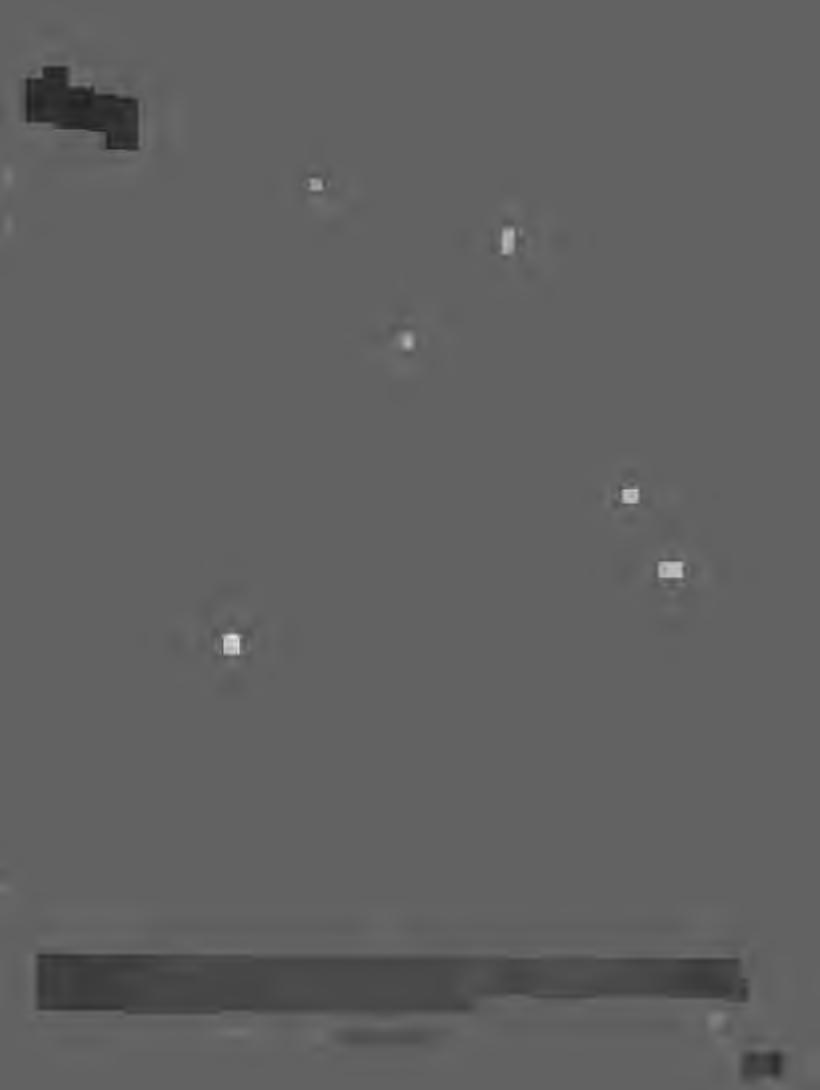
The self is melted down, recombined, and reissued. I use the computer as a "smart" device that mediates between my controlling ego and its own internal scripts. I look for a kind of lucky medium in a series of recombinant self portraits, some new, others from my childhood.
Pq / 13
© I 998. Lili Almog, (Mask series). 3.4 x 5 ••
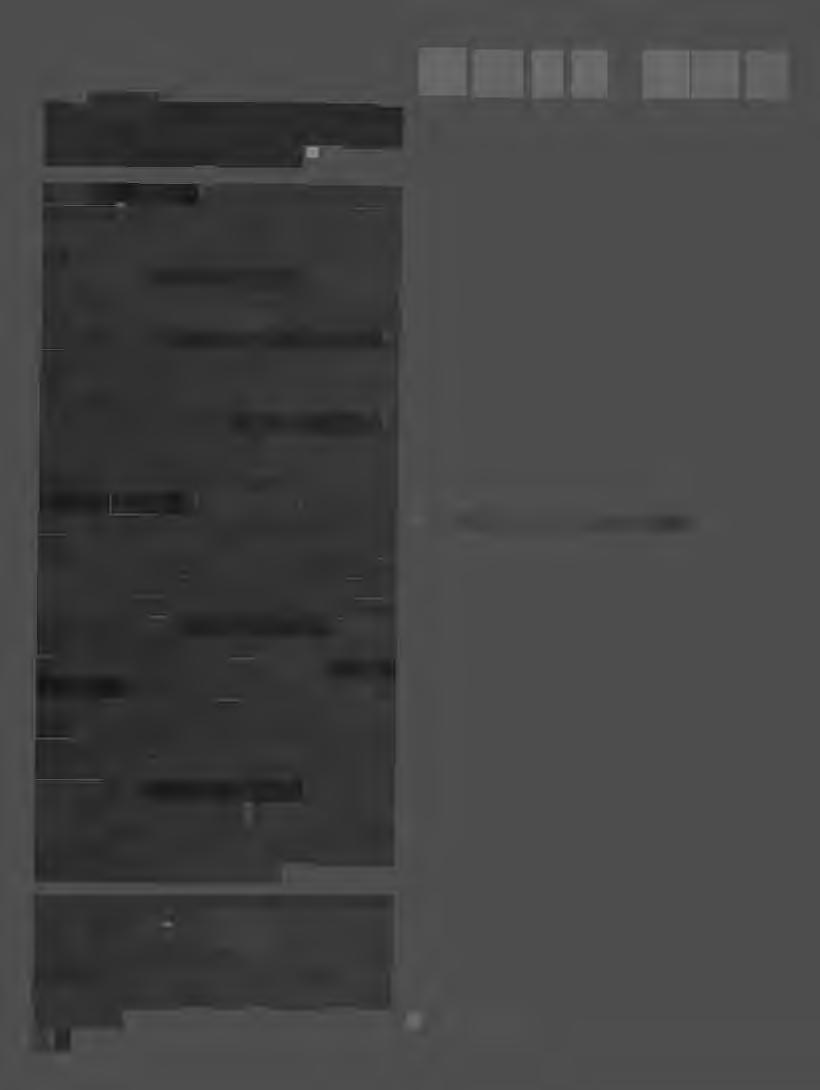
In my selection I looked for images that moved me right from the start-pictures that contained quality, inspiration, mystery, and spirituality.
I love TERRY VINE' s photographs because each one seems to flow into the next; they convey joy, sorrow, hardship, tenderness, pride, and dreams. The images are beautifully printed and composed. The portrait series of little boys by ROBIN WILL I AMS is a wonderful study of a child's innocence and freedom of expression. His photography is moody, rich, and has a sense of warmth. I selected ROBERT ALAN CLAYTON's essay of older people from the west because of its variety and cohesiveness; each image is stunning on its own. These are timeless photographs that represent the spirit of The American Portrait. I like CATHY CROWE LL' s color photographs from around the country; she shows Americans from all walks of life. Strong composition, light, and shadow, make these some of my favorites. LAUR A CROSBY' s journalistic images show American women seeing themselves and how others see them. This is a strong and shocking body of work. Each picture shows the degree to which women will go when trying to reach an ideal. The photographs are of a subject I have seen before but these are done in a new and memorable way. DAVID JOHNSON's unique and humorous look at the American landscape contains a strong point of view with many layers. JUD ITH VE JV OD A creates beautiful panoramic portraits of American landscapes that are majestic and mystical. Both the selection of location and the use of a panoramic camera make these powerful pictures. They are painterly and evoke early survey pictures taken across the country years ago. I find LAUREN PIPER NO' s series very funny and extremely American -it is brash, wild, and surprising. Each picture and its subject makes a bold statement that can't be missed. Her work represents the most American portfolio I viewed.
Image selection by Laurie Kratochvil, the current picture editor of In Style magazine. Previously she worked with Seventeen, Parade, and Rolling Stone. Ms. Kratochvil has edited the books Cyclops: Photographs by Albert Watson; Africa: Photographs by Herb Ritts; and Rolling Stone: The Photographs.
AMERICAN
Pq / 14
© 1998,TerryVine,Ange/
© I 995, Lauren Piperno, Eastern Sunday, Photograpber in Pink
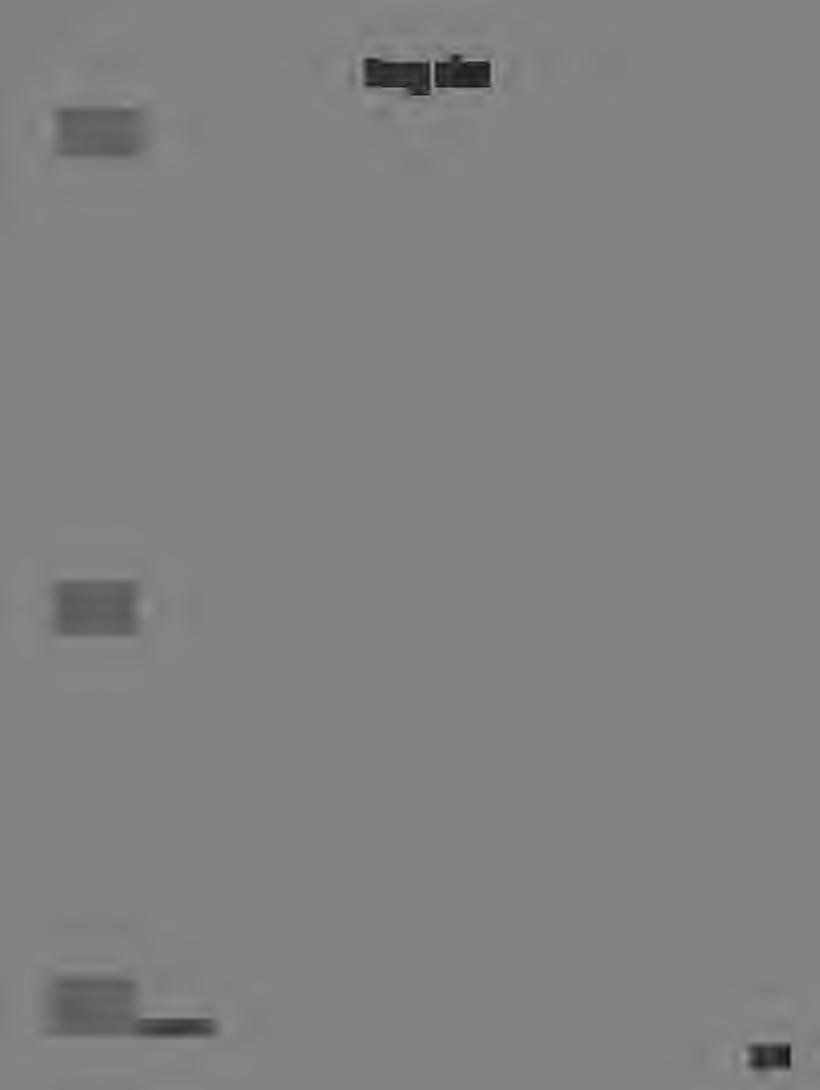
. terry vine 1-0..
Pq / 15
©'99"-,Madi-son
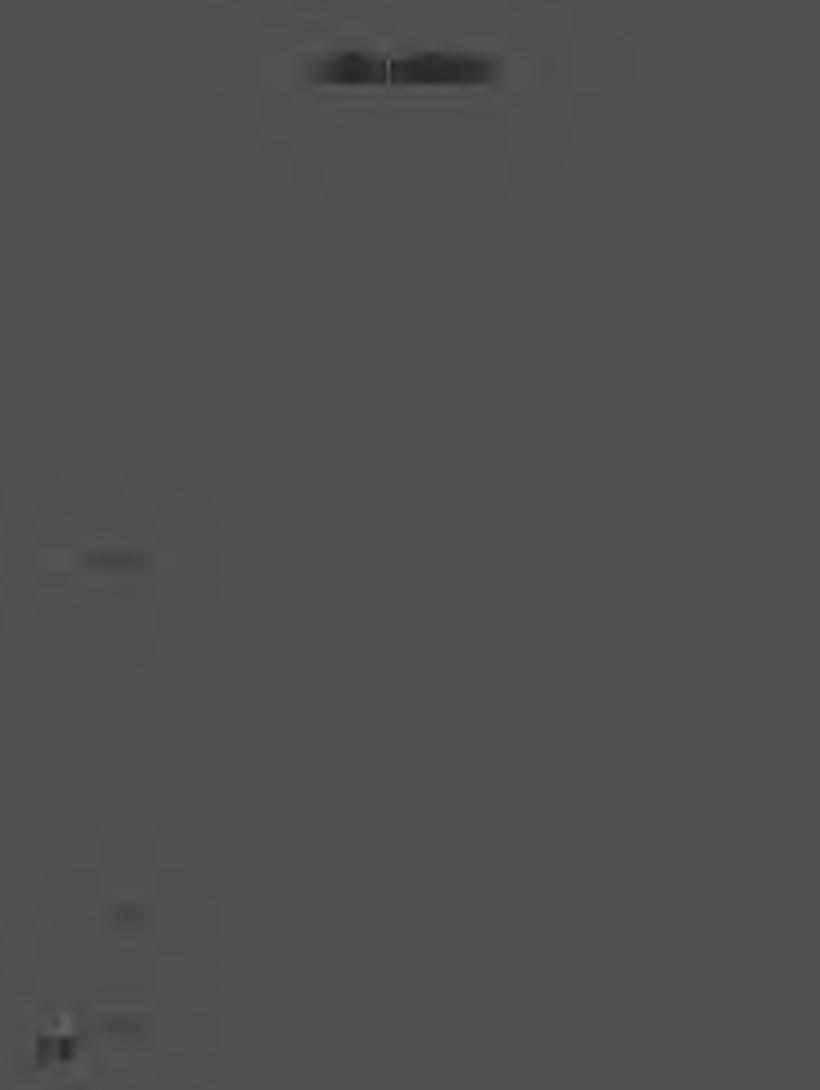
robinwilliams
© I 997,
Pq / 16
© 1997, Untitled
Untitled

robert alan clayton
]
© nd. Chief Walter Northway, Northway Alaska, Athabaskan Indian Chief Age 116
Pq / 17
© nd. Lala Curle, Redding, California \Vintoon Indian "Keeper of the List"Age 82

© 1995,Pigs in a Blanket
cathycrowell
© 1994,Calhoun's Ta.xidenny
Pq / 18

laura crosby
Pq / 19
© 1995,Silicone Seepage Series/To Die For
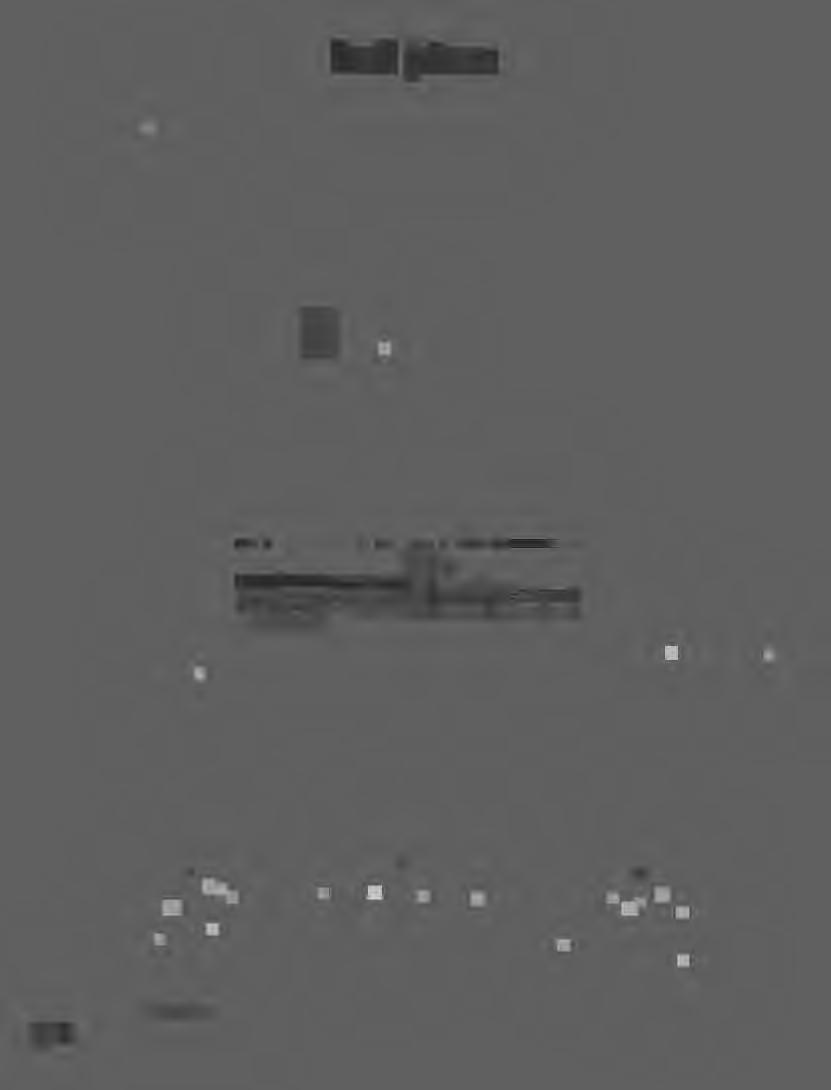
davidjohnson
© 1996,Reservation © 1996, Lost Nation Pq/20
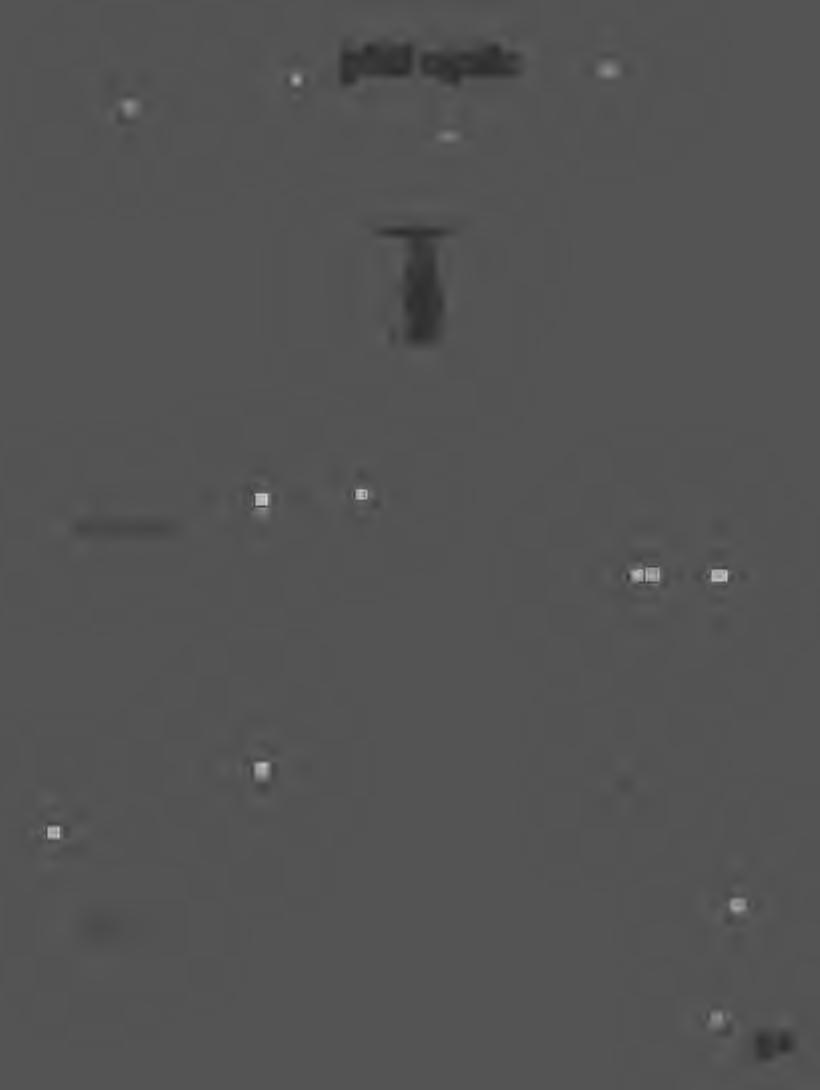
judithvejvoda
© 1994,Northern Cascades
Pq/21
© 1994, Gallina Canyon

lauren piperno
Pq/22
© 1987, Waltz
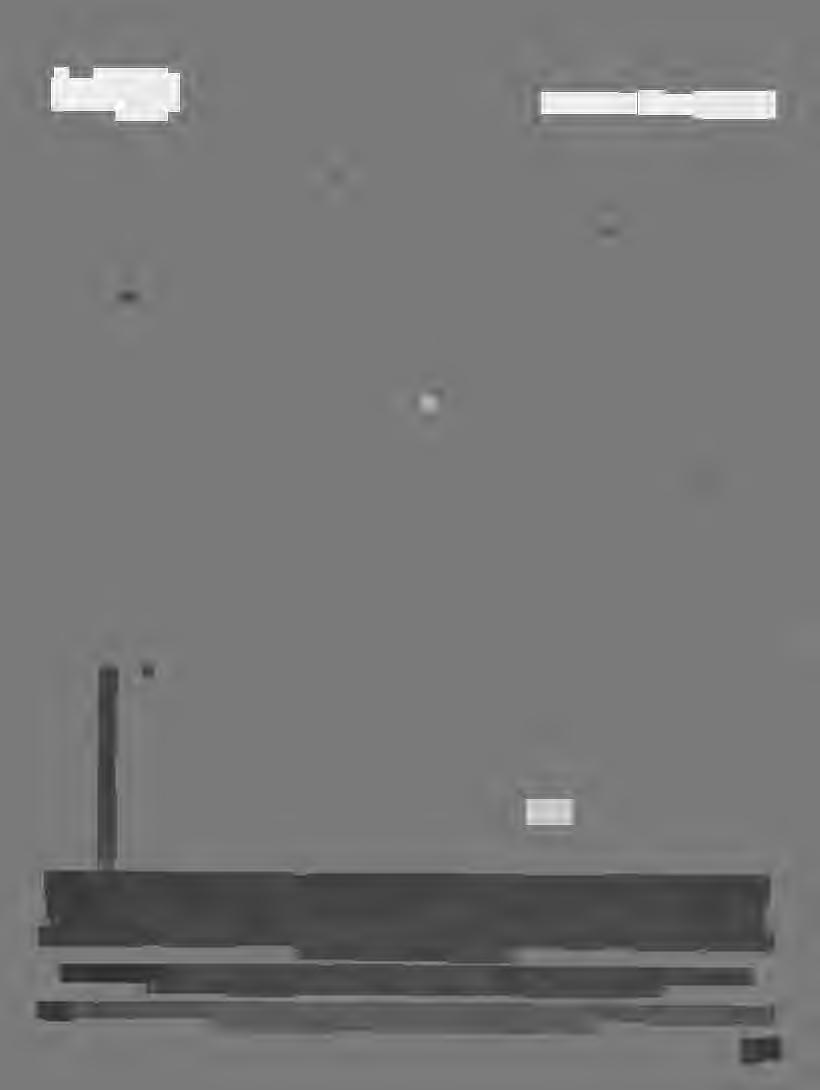
I make photographs within the confines of my studio windows. I combine drawings, cut-outs, paper, and film with collected odd cultural remnants, and natural debris. Placing objects between camera and light, form is revealed and concealed. Shadows and silhouettes emerge in contrast to brilliant sunshine. Emblematic images give the mind room to wander. Inspiration comes form books, nature, religion, dreams, childhood memories, family photography albums, popular culture; and from beauty found by accident, chance, and providence. I construct images from fragments, allowing them to evoke many other meanings or interpretations. The mundane seems sanctified.
SUSAN DUNKERLY, ofWaco,Texas, teaches drawing and photography at Baylor University. Her luminous imagery is included in the Print Center Collection at the Philadelphia Museum of Art and she shows at the Carol Keller Gallery in Denver, Colorado.
In light artistsareselectedfromtheCenter'sSlideRegistry-aslidearchiveof contemporaryphotography,mixedmedia,anddigitalimagery. It providesa bridgebetweenartistscurators/collectors/andtheCenter, makingcontemporaryworkeasyto access - byappointment - WednesdaythroughSunday,noonto 5 pm
Pq/23



address correction requested Non-ProfitOrg. U.S.Postage PAID Woodstock,NY 12498 PermitNo.33
CENTEREXHIBITIONS 1999
Sunday,September26 -SundayNovember7
PERSONALPERMANENTRECORDS
Contemporary South American Photography & Photographic Installations
Mailin Barth, visual arts curator
Records explores portraiture and differential identitypersonal, collective, national, spiritual, and historical. JANAINA TSHAPE, CLAUDIAARANOVICH, OSCAR MUNOZ,JUAN LEAL RUIZ, SARA MANEIRO, ALEXANDER APOSTAL, MILAGROS DE LATORRE,ANA TISCORNIA, EDUARDO MEDICI, LUCIANA NAPCHAN. BETRAYINGAMNESIA,PORTRAYINGOURSELVES: VIDEOPORTRAITSBYLATINAMERICAN ANDLATINO/AARTISTS
Elizabeth Miller and Dara Greenwald, video curators ROBERTO BERLINER, GERMAN BOBE,VERONICA MAJANO, CARLOS NADER, MAGALY PONCE,ALEX RIVERA SOLO:-NINAKUO CHIPAO(DRESSES)
A mixed media installation addressing gender stereotypes in conventions of femininity prevalent in Chinatown. Her Chinese style dresses printed with film stills from the 1940s and I 950s evoke the post World War II era of Hong Kong movies, where Western and Eastern notions of romance met the highly stylized emotions associated with adultery, family struggles, sacrifice, self denial, and virtue that middle class citizens question as they seek a renewal of their own heritage and fantasies.The alluring dress signifies the evolution of the Chinatown movie-goer as well as the search for Hollywood inspired glamour and thrills, revealing how time flirts with Chinese American values. Kuo will be an Artist in Residencein Summer 1999.
Sunday,November21 -Sunday,December19
WOODSTOCKROCK&ROLL30YEARSOFMUSIC,PHOTOGRAPHY,ANDVIDEO
A display celebrating the art colony ofWoodstock which has been "home" to musicians such as John Sebastian,Joan Baez, Peter, Paul & Mary, Maria Muldaur, The Band, and Bob Dylan. &SOLO:JOANLEBOLDCOHEN . PATTERNSOFHUMANITY
Color photographs of Asia which explore culture, humanity, and the range of forms and patterns in nature.
Visit on-line: http://www.cpw.org
q r y CENTERFORPHOTOGRAPHYATWOODSTOCK / 59 TINKERSTREET/WOODSTOCKNEWYORK.12498 / T 9146799957F 9146796337 EMAIL:CPWPHOTO@AOL.COM © 1991-93 Milagros de la Torre, Under tbe Black Sun








 © 1996, Stephen Marc, untitled, Soul Searching #5, gelatin silver print of digital montage
© 1996, Stephen Marc, untitled, Soul Searching #5, gelatin silver print of digital montage















